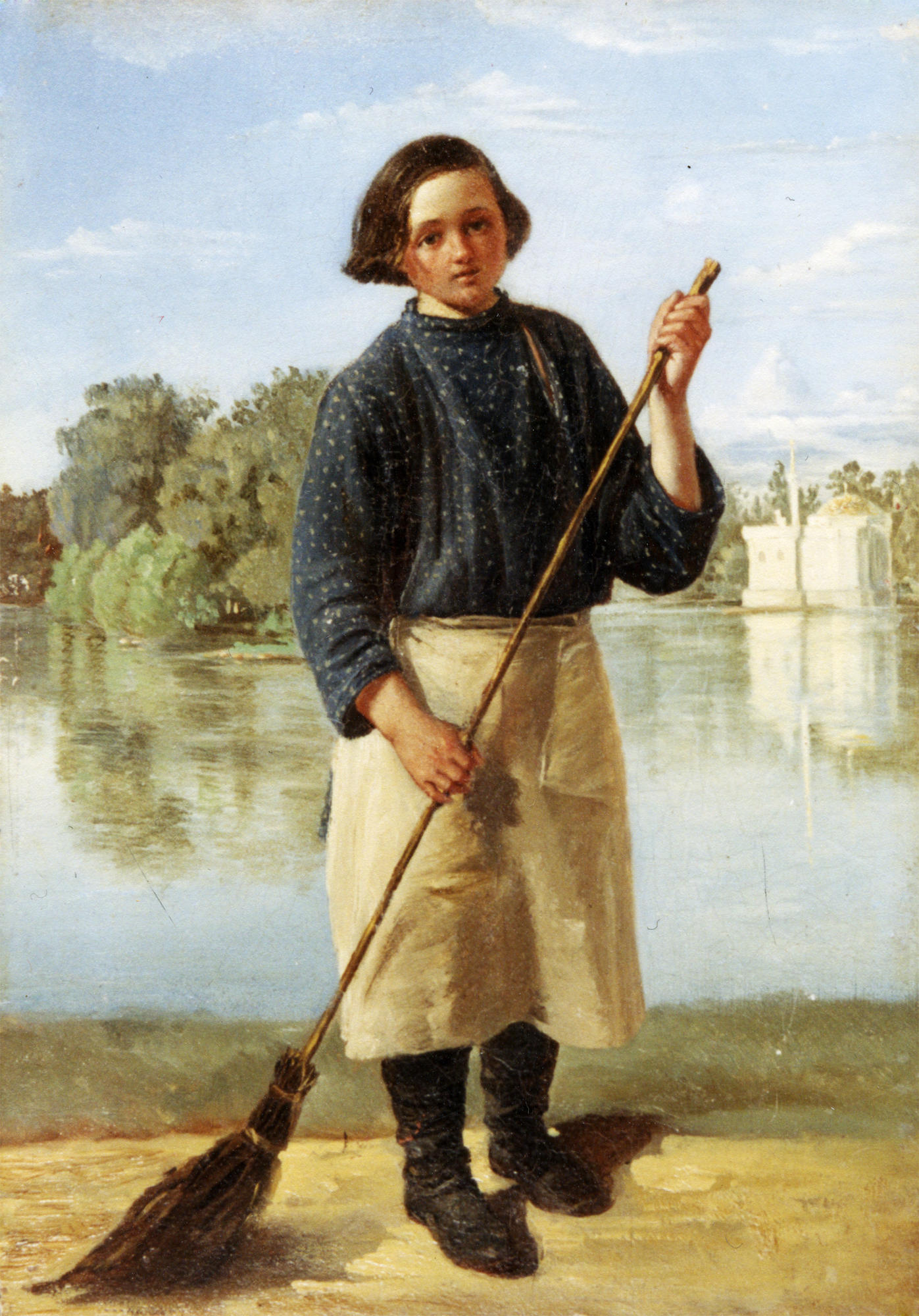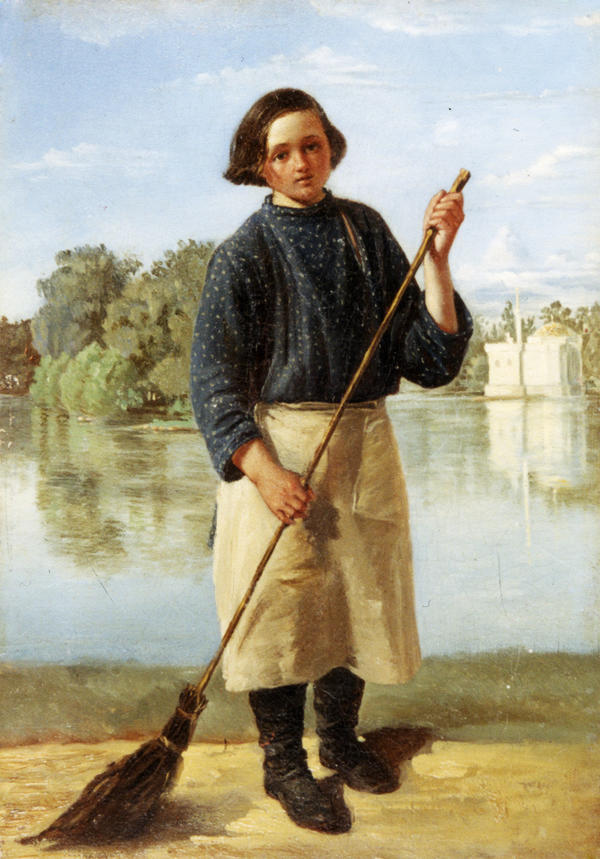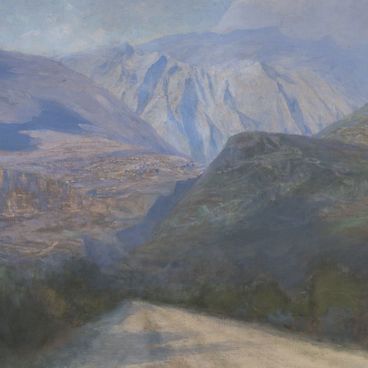By the middle of the 19th century, Russian art had begun to change towards becoming more democratic. One of the manifestations of art democratisation processes was appearance of a greater variety of genres and a wider spectrum of themes and subjects artists were interested in. One of the first painters who disregarded academic norms and focused on creating images of peasants was Alexey Gavrilovich Venetsyanov (1780-1847). Not only was he an innovator artist in Russian art but also the creator of his own art school.
The master’s students – sometimes peasant serfs — boarded and studied free of charge. The school alternated between his Safonovka estate in the Tver guberniya and St. Petersburg, getting some support from the Society for the Encouragement of Artists. The master’s teaching system boiled down to developing in his students the ability to see and depict the world around them in its immediate reality, without following the set norms and standards. Unlike academists, Venetsyanov’s students did not copy somebody else’s originals or special tables presenting parts of the body. They learned the laws of form, perspective and colour using real objects moving from simple to more complex tasks.
The small picture entitled Street Cleaner must have been painted in the middle of the19th century by an unknown artist from Alexey Venetsyanov’s circle. The young street cleaner is depicted doing his work, with a broom in his hands. He is cleaning a path in the park in the famous village of Tsarskoye Selo. In the background, the painter showed a fairly well recognizable landscape of Tsarskoye Selo - the Turkish Bath pavilion is seen on the bank of Bolshoye Lake. This way of presenting reality developed in Russia under the influence of the Biedermeier style which largely determined the tastes of provincial Russian painting of the second quarter of the 19th century. “Biedermeier” is a German term denoting art in which values of everyday bourgeois city life, the domestic world of an “ordinary” man come to the fore. In the first half of the 19th century, Biedermeier existed parallel to Romanticism. In Russian art, the notion of Biedermeier is mainly associated with Venetsyanov’s school.
The small picture entitled Street Cleaner must have been painted in the middle of the19th century by an unknown artist from Alexey Venetsyanov’s circle. The young street cleaner is depicted doing his work, with a broom in his hands. He is cleaning a path in the park in the famous village of Tsarskoye Selo. In the background, the painter showed a fairly well recognizable landscape of Tsarskoye Selo - the Turkish Bath pavilion is seen on the bank of Bolshoye Lake. This way of presenting reality developed in Russia under the influence of the Biedermeier style which largely determined the tastes of provincial Russian painting of the second quarter of the 19th century. “Biedermeier” is a German term denoting art in which values of everyday bourgeois city life, the domestic world of an “ordinary” man come to the fore. In the first half of the 19th century, Biedermeier existed parallel to Romanticism. In Russian art, the notion of Biedermeier is mainly associated with Venetsyanov’s school.



